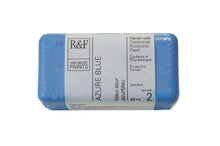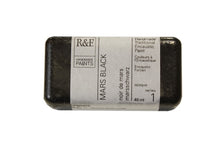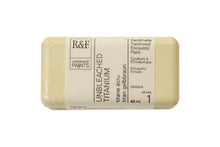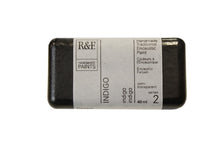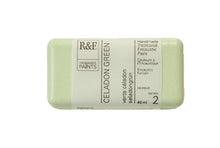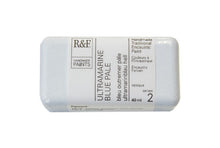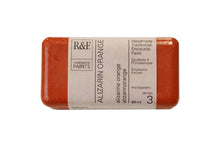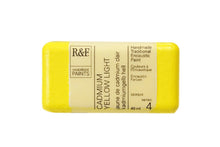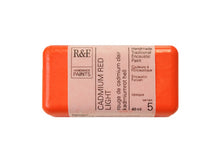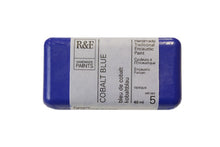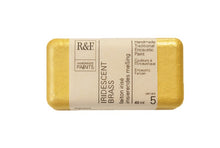
ENCAUSTIC
Encaustic is a wax based paint (composed of beeswax, resin and pigment), which is kept molten on a heated palette. It is applied to an absorbent surface and then reheated in order to fuse the paint. The word ‘encaustic’ comes from the Greek word enkaiein, meaning to burn in, referring to the process of fusing the paint. Although they come from the same root word, ‘encaustic’ should not be confused with ‘caustic,’ which refers to a corrosive chemical reaction. There is no such hazard with encaustic.
Opulence. Encaustic is perhaps the most beautiful of all paints, and it is as versatile as any 21st century medium. It can be polished to a high gloss, carved, scraped, layered, collaged, dipped, cast, modeled, sculpted, textured, and combined with oil. It cools immediately, so that there is no drying time, yet it can always be reworked.
Wax is its own varnish. Encaustic paintings do not have to be varnished or protected by glass. Beeswax is impervious to moisture, which is one of the major causes of deterioration in a paint film. Wax resists moisture far more than resin varnish or oil. Buffing encaustic will give luster and saturation to color in just the same way resin varnish does.
No yellowing. Encaustic paint will not yellow or darken. However, wax itself is photoreactive, so unpigmented encaustic medium that has been kept in dark storage will darken slightly. When re-exposed to light that darkening will bleach out.
No solvents. Encaustic paint does not require the use of solvents. As a result, a number of health hazards are reduced or eliminated.































































































